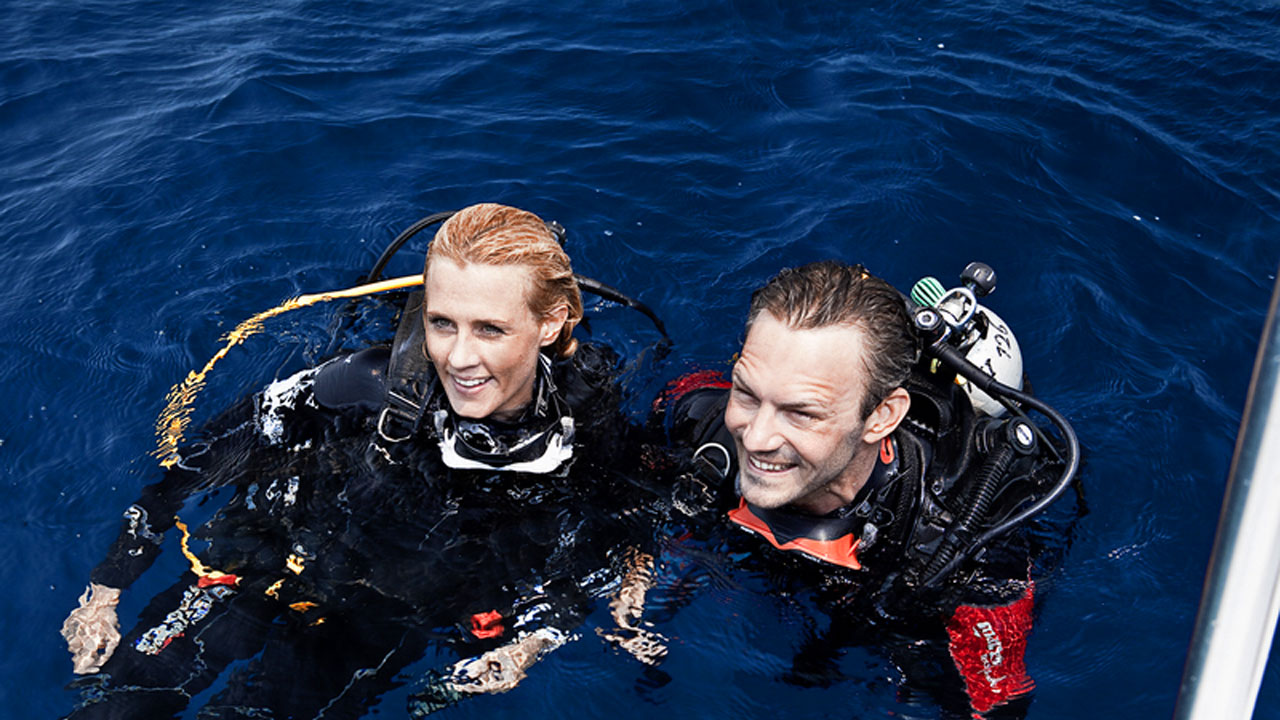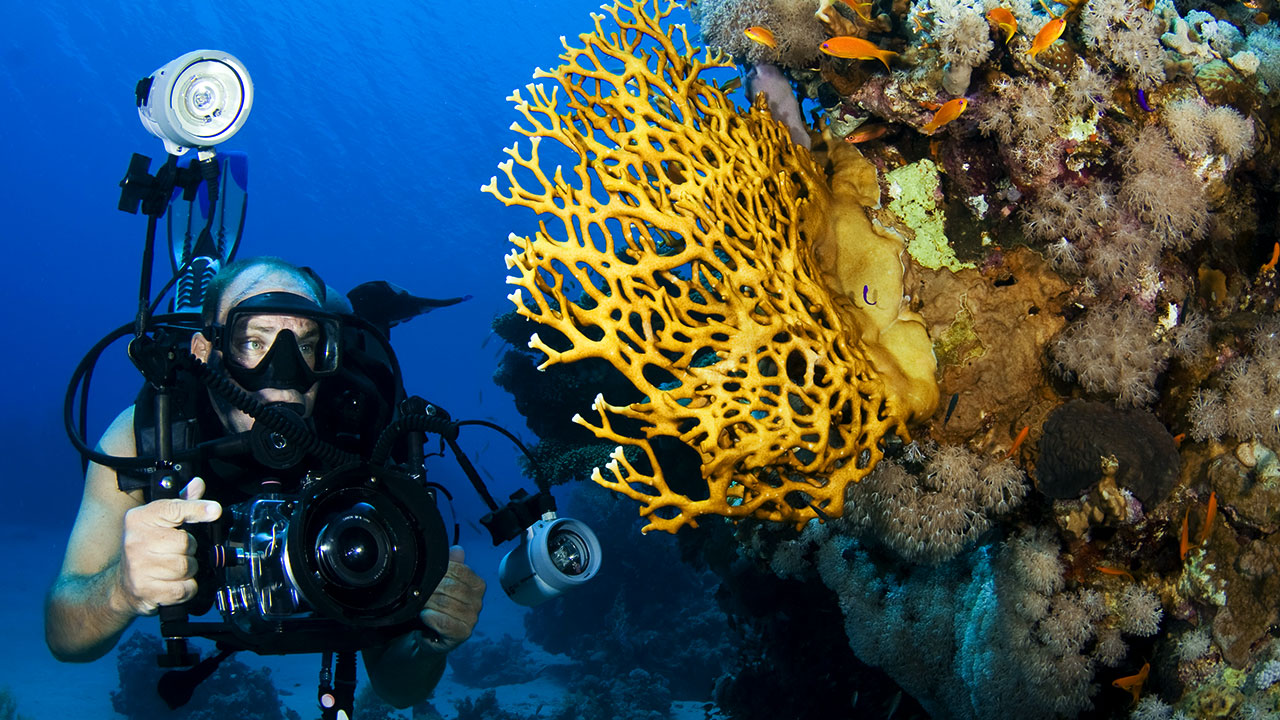6 Simple Guidelines for Signaling on the Surface

Even when you surface from your dive, it is not quite over yet. You still need to convey your status to the crew and get to the boat. What's more, you should be prepared and know how to act in case you get separated from the boat or need urgent help. So here are 6 simple but important tips for surface signaling.
1. Try to surface within feet of the anchored boat that you made the dive from. When finishing your dive, it is best to surface as close to the boat as possible. In some cases, this option is not available. However, if you have the ability to control where you ascend and are knowledgeable of your location within the water, then surfacing close to the boat is your best bet.
2. Know how to make the OK signal, and when to use it. If you find yourself surfacing within a visible distance from the boat, it is important to convey your status to the crew members on deck to let them know that you are not in danger. This message can be communicated through the ‘OK’ signal. To show it, bend both hands in the air above your head, forming an O shape. If you are carrying equipment and do not have two hands available, you can make the same symbol through bending only one arm over so that your fingertips touch your head, still forming an O shape. By giving the ‘OK’ signal, you are informing crew members that you can swim back to the boat on your own, without assistance.
3. If you are not “Okay,” but do not require immediate care, you must communicate this. So, if you surface above water, but are unable to swim back to the boat due to muscle cramping, or currents that are too strong, you must signal that you need assistance. Instead of creating the ‘OK’ signal, you should raise only one arm in the air, making a fist with your hand. This signal alerts those on the boat that you are not in grave danger, but are unable to make it back on your own.
4. If you are in distress, do not hesitate to communicate this. Anything that calls for urgent help whether it is a missing or unconscious diver, or the inability to maintain buoyancy, must be conveyed immediately. Waving one or both hands in the air is the known signal for distress. Only use this signal if you are experiencing a true emergency. However, do not hesitate to signal distress if you or a partner requires immediate care.
5. Always carry alert equipment. If you have surfaced far away from the boat, it can be difficult for crew members to locate you, especially in choppy water. Therefore, it is very important that you carry visual and audible signaling devices on every dive. At minimum, you should have an inflatable surface marker and a whistle. Through attachment to air supply, the marker can be inflated when needed and will stand tall above the water to show location. Some other items to consider are a signal mirror and an air horn that connects to your low-pressure inflator hose. An emergency strobe or light stick is essential for night diving. They can be attached to the end of your signal tube to make you more visible. You can also signal the boat by waving your dive light side to side.
6. Be resourceful. If you do not have any specialized equipment used for alerting those on deck, do what you can to signal your whereabouts. Using a brightly colored fin to gain attention and visibility is always an option. Be smart when diving, know your signals, and do what it takes to be noticed and convey communication.




